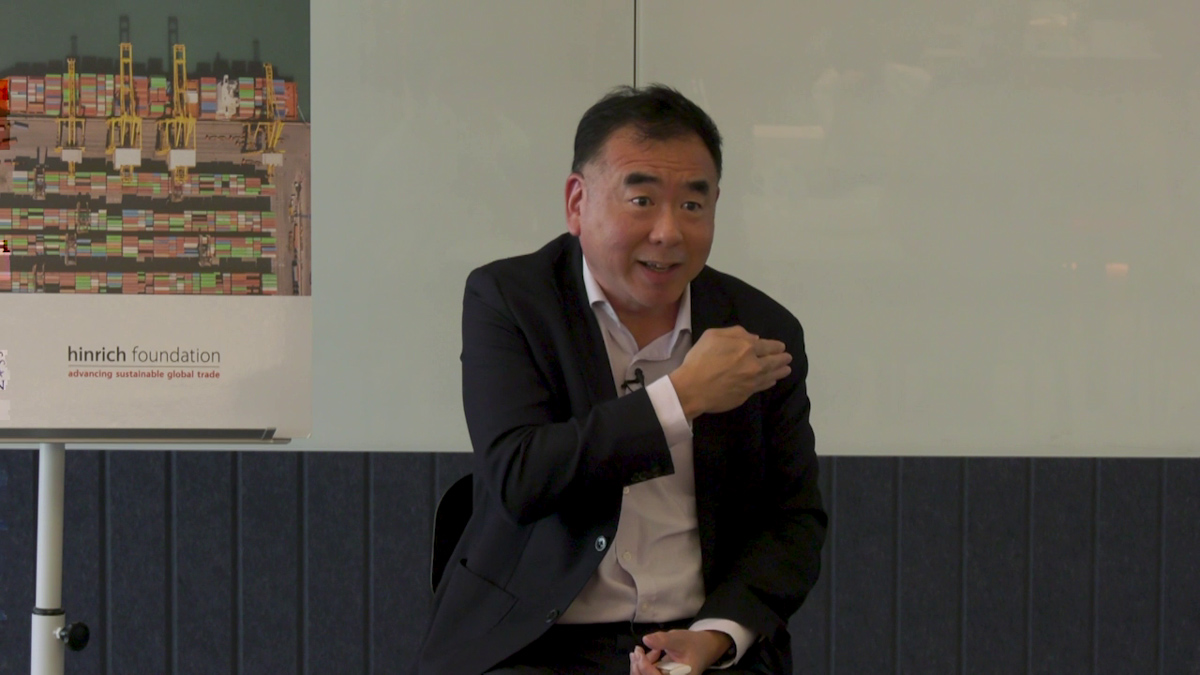Challenges to realizing the ASEAN Economic Community by 2025
Published 15 August 2023
The Association of Southeast Asian Nations Economic Community (AEC) aims to connect Asian economies. Yet full integration may be impossible, says the National University of Singapore’s Denis Hew.
Watch the webinar:
AEC was created in 2003 with the goal of connecting Asian economies. It envisioned a highly integrated, inclusive, and resilient regional economy by 2025 and its eventual goal was to realize a European-style common market with “free movement of goods, services, investments, and skilled labor”.
One of the most persisting challenges in realizing the AEC has been the wide economic development gap among its ten member states. The Initiative for ASEAN Integration (IAI) launched more than two decades ago by ASEAN to narrow the economic gap has been largely unsuccessful due to the ineffective implementation of its work plans. Two years away from its deadline, is ASEAN likely to establish an EU-style common market by 2025? Denis Hew of the National University of Singapore suggests a more realistic alternative- envisioning the AEC as a comprehensive free trade area that is plugged into global markets and supply chains through its free trade agreements like Regional Comprehensive Economic Partnership (RCEP) by 2025.
About the NPF International Trade Fellowship 2023
The National Press Foundation holds an annual International Trade Fellowship workshop for journalists sponsored by the Hinrich Foundation. This year, we welcomed 24 Asia-based journalists to the fellowship at the Hinrich Foundation offices in Singapore. The sessions, held in July, focused on US-China geopolitics, AI’s impact on trade, global shifts in supply chains, data visuals, and more.
© The Hinrich Foundation. See our website Terms and conditions for our copyright and reprint policy. All statements of fact and the views, conclusions and recommendations expressed in this publication are the sole responsibility of the author(s).


